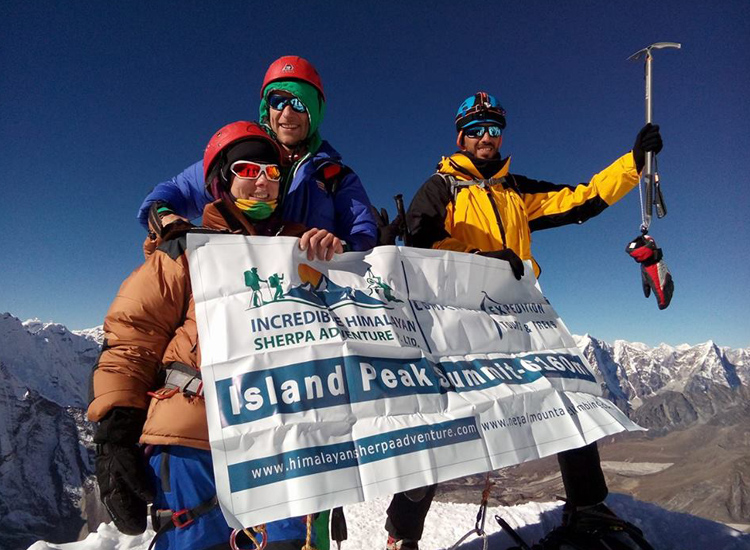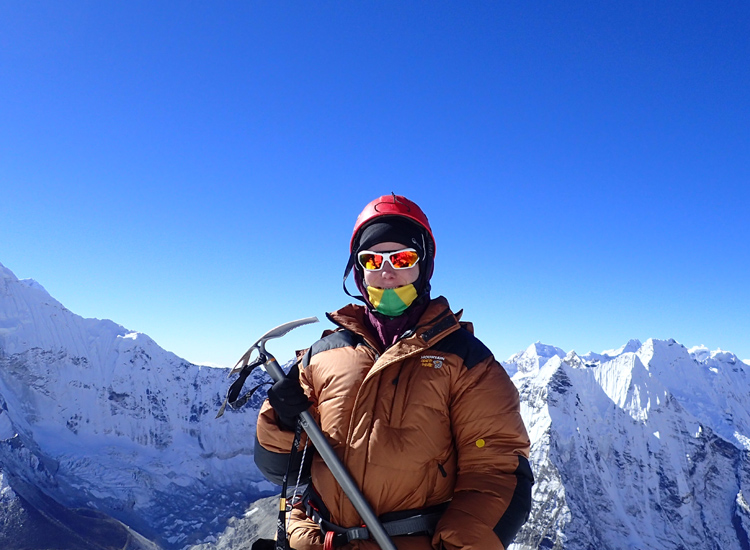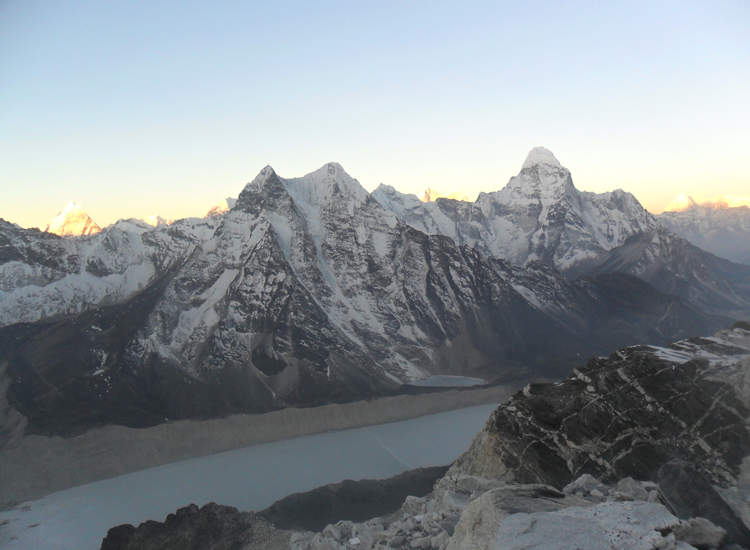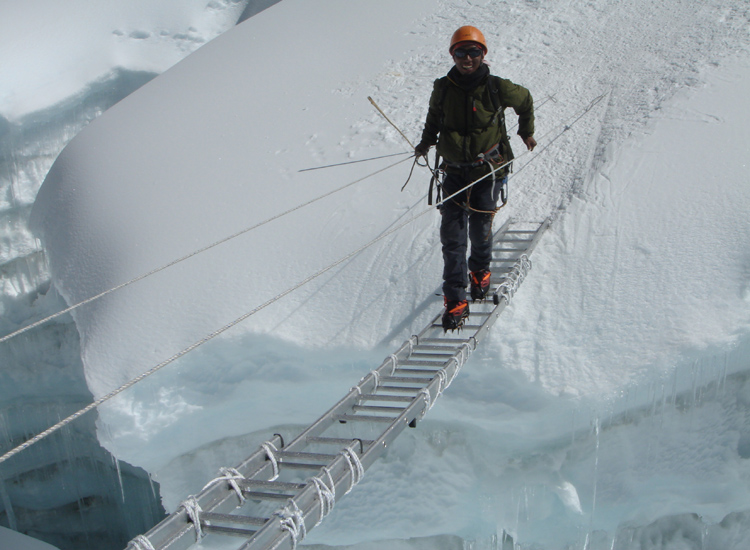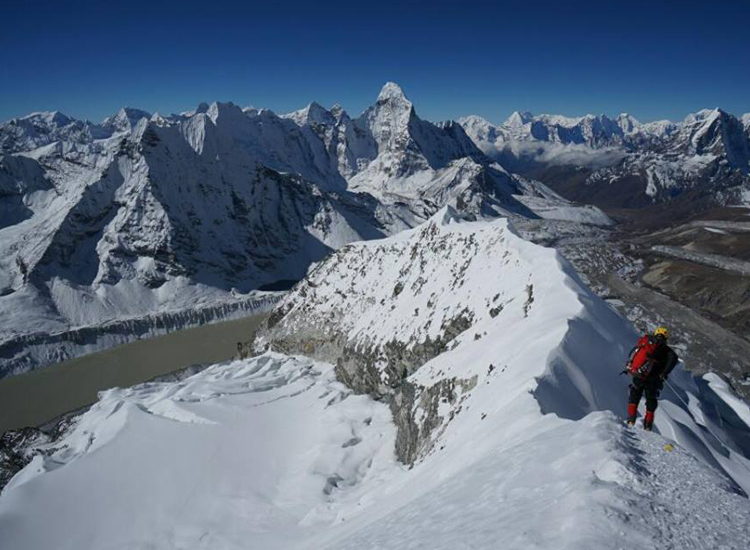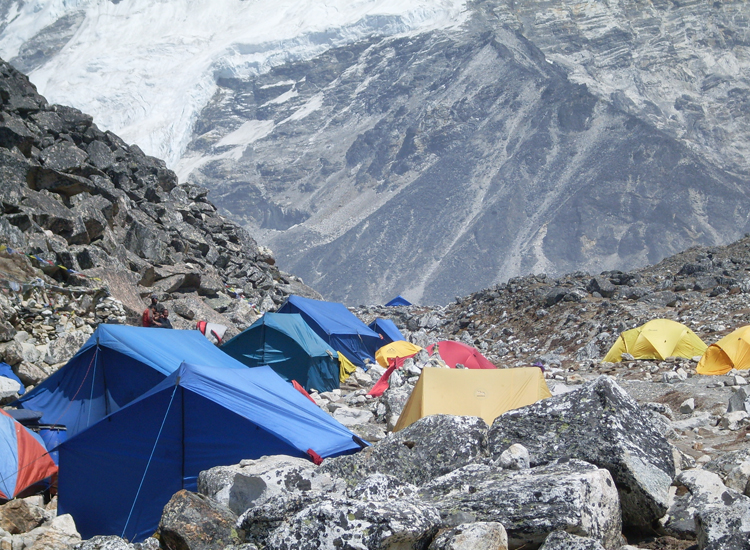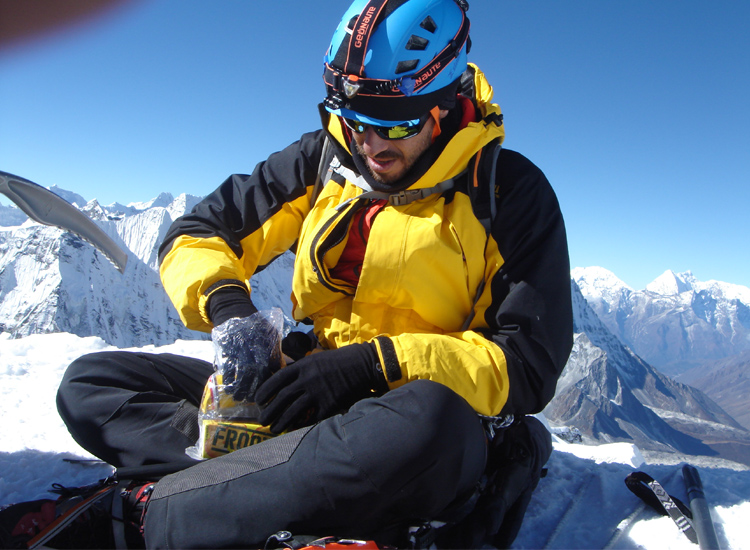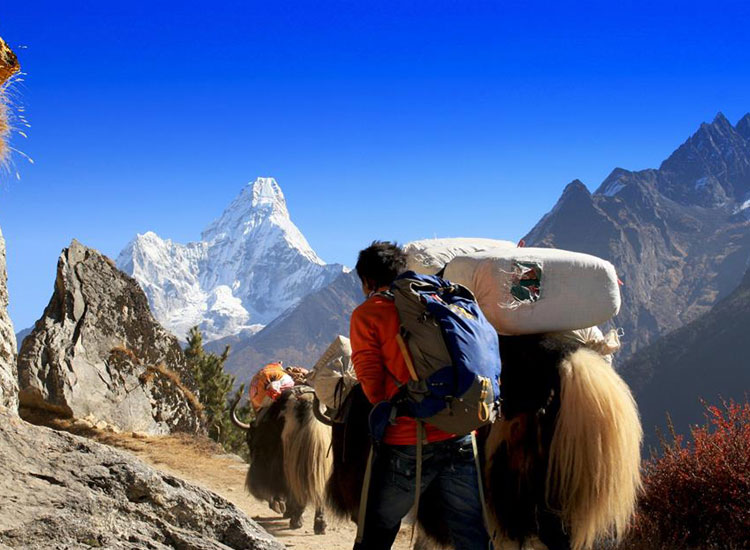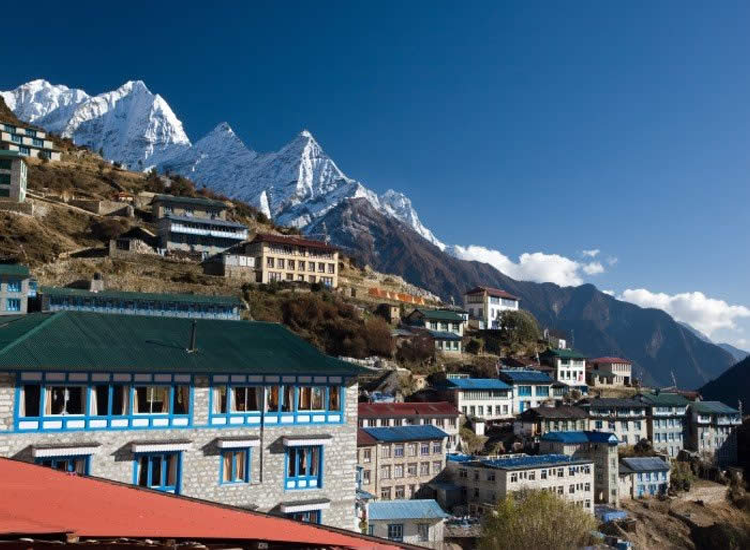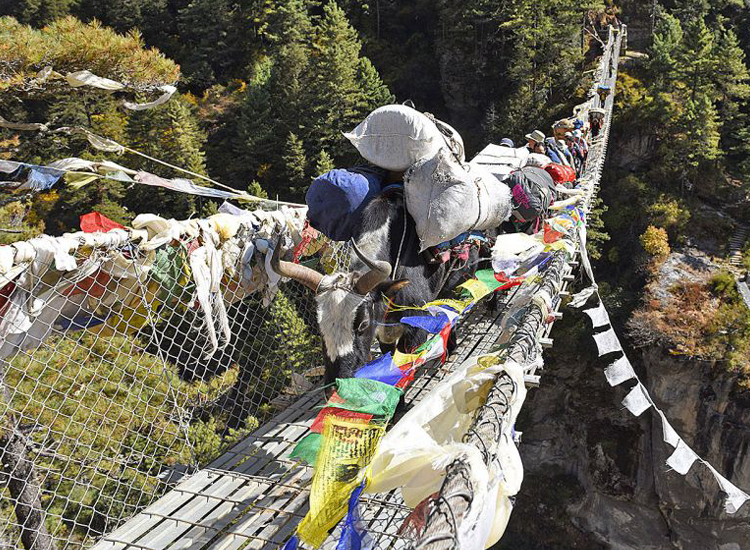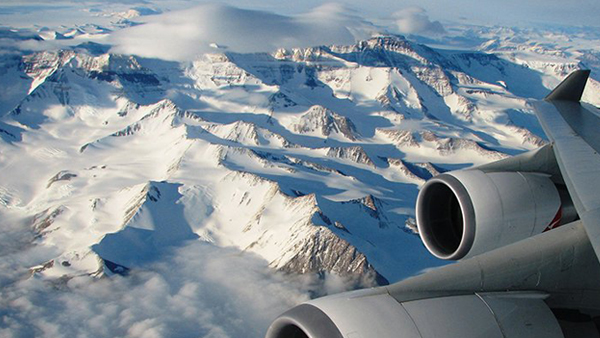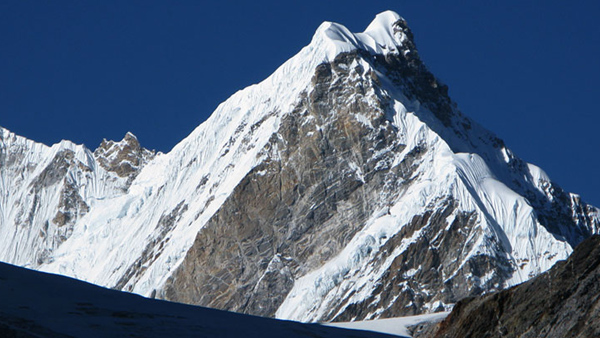Island Peak Climbing with Everest Base Camp Trek is one of our special treks and Peak Climbing and we’d be delighted to help you explore this unreliable region in Nepal.
The combined climb with a trek up to island peak climbing with Everest base camp trek is a wonderful experience rewarded with spectacular views of other Himalayan peaks and the Khumbu glacier. Island Peak Climbing is one of the worthwhile trekking peak climbing in the Khumbu Region of Nepal. Before you attempt the climb, however, if you have trekked to Everest Base Camp, 5357m, and Kala Patthar, 5545m from Jiri, Phaplu or even Lukla, you will be acclimatized. Climbing to Island Peak goes along the route to Everest Base camp and Kala Patthar. Standing on the summit of Island Peak surrounded by the entire Khumbu range, including Nuptse, Lhotse perfect climbing trip in the Himalayas of Nepal.
Island Peak Climbing is rated ‘moderate’; and although a good level of physical fitness is essential, the previous climbing experience is not required. Its highly glaciated West Face rises from the Lhotse Glacier up to a technically straightforward ridge; this is a perfect place for novice climbers to develop the skills of climbing on snow and ice at high altitudes. Following the traditional Everest Base Camp trail, we fly to Lukla. En route, we will trek to Everest Base Camp via Lukla-Namche Bazaar-Tengboche-Pheriche-Lobuche-Gorak Shep. We'll cross the massive Glacier Khumbu Ice, explore the peaceful village of Sherpa in the heart of the Everest Region. Then trek continues to Labuche, Gorakshep, Everest Base Camp, Kala Patthar trek back to Lobuche. From Labuche over Khongmala Pass 5535m trek down to Chhukung. We then head up the beautiful Imja Khola valley and then to the Island Peak Base Camp.
Island Peak Climbing takes only 3 days and 2 nights making it one of the shortest, island peak climbing cost is least expensive climbing packages as offered. Each climb starts according to our scheduled departure dates. The minimum size of a group is two persons. During the Island Peak expedition, we train you the skills needed to ascend safely in basecamp.
Given by great climber, Eric Shipton the name of Island Peak, "looked like an island in a sea of ice". Later on, named "Imja Tse" by Nepal Mountaineering Association (NMA). Island Peak is the favorite peak expedition of the Everest region of Nepal.
The Everest Base Camp trek is another one of Nepal's most popular treks and rightly so. Standing right on the lap of the world highest, Mount Everest highest mountain in the world known as Sagarmatha in Nepali and Chomolungma (Mother Goddess of the World) in Tibetan. The Everest trekking trail is very well developed with comfortable and quirky tea houses along the way. Everest Base Camp trekking trip leads you through the Solukhumbu region slowly up the valley, tracing the path of the successful British 1953 expedition all the way to the EBC. Along the way, we admire the most impressive mountain views of Cholatse and – the favorite of many visitors – Ama Dablam. We hike up Kala Pathar (5,554m) which offers a magnificent panorama of Everest, Lhotse, Cho Oyu, Pumori, Nuptse, and many more famous mountains as well as the Khumbu glacier. We encourage you to book mesmerizing and adventurous EBC trek with Island peak climbing in Nepal.
Additional Option: You can also book with us for only 5 days Island Peak Climbing and for the 4 days, furthermore detail programmed itinerary, have a kindly click this link Island Peak Climbing
Highlights:
- The vibrant, colorful, chaotic city of Kathmandu
- Experience Nepali Sherpa culture
- Southwest face of Everest
- Forests of rhododendron, birch and conifer
- Island Peak, one of the popular peaks to climb
- Astounding views of Lhotse, Imjatse and Ama Dablam
- Admire Mount Everest and contemplate the history of its exploration
- Stand on top of Kala Pathar and observe some of the highest mountains of the world
- Discover the rich culture of Solukhumbu, the Sherpa heartland
Price
2235US$Duration
Season
Region
Grade
Altitude
Walking
Accommodation
Trip Type
Transportation

Certificate of Excellence
Based of services & reviewTrek Map
Travel With IHSA?
Need More help ?
Talk to our travel experts by phone, email, WhatsApp/Viber, WeChat! We love to talk travel ! We're here to help and happy to assist you with your booking and make your dream come true.

Mr. Tsering D. Sherpa
(National Mountain Leader)
Mountaineering, Treks & Tours
- +977-9862258888
(WhatsApp,Viber)7/24 - mytrek2@gmail.com
info@himalayansherpaadventure.com

